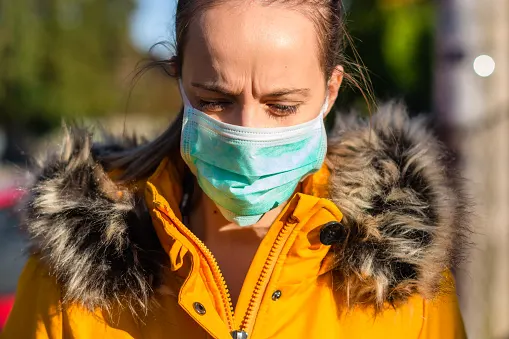
Spring could impact the spread of the coronavirus, here's how
The transition into warmer seasons with increased humidity can hinder the spread of some viruses, including the coronavirus (COVID-19).
Weather has proven to be a factor in the spread of viruses and the changing amounts of sunlight, heat, and humidity over the next 4 to 9 weeks could potentially have significant impacts on the coronavirus (COVID-19), which was officially declared a pandemic by the World Health Organization on March 11.
Spring officially begins on March 19 and the increasing heat and humidity that comes with this season might change the behaviour of this virus, particularly how it replicates and the length of its lifespan.
Viruses are highly sensitive to temperatures - some thrive in warmer conditions and replicate more easily whereas the lifespans of other viruses shorten when the temperatures are too high. Winter is the height of flu season in the Northern Hemisphere and experiments have shown that some viruses, such as influenza, survive longer at low humidity and low temperatures.
RELATED: Coronavirus puts an impressive dent on China’s carbon emission
The season also changes the way humans behave as many people that live in regions with cool or cold winters spend more time indoors with closer contact with family members, which heightens the risk of spreading infection.
COVID-19 can be spread through the droplets that are released when an infected person coughs or sneezes. According to disease experts, when the air is cold and dry, droplets are more likely to float in the air for longer and travel further, which increases the potential to infect people.
If COVID-19 behaves like other viruses that struggle with warmer and more humid temperatures, then the rate that the virus is being spread will decrease, but health experts say that it is too early to know with high confidence how COVID-19 will be impacted by the changing seasons.
Other weather events, such as rainfall, flooding, and heat waves have had well-documented effects on the spread of infectious disease. Droughts and heavy rainfall events with subsequent flooding have increased the opportunity for vector-borne diseases to spread due to the stagnant water that forms and becomes a breeding ground for mosquitoes.
The connection between weather and the spread of illness has been extensively studied throughout history - over 2500 years ago Hippocrates described the influence of sun exposure, climate, geography and seasonal changes that influence the health of a community and Roman aristocrats used to retreat to hill resorts each summer to avoid malaria.
Experts warn that extreme weather events are occurring more frequently as a result of the changing climate and say that it could cause diseases to spread to a greater extent more easily.
Sources: Infectious Diseases Society of America | SINT Harvard University | Reuters






